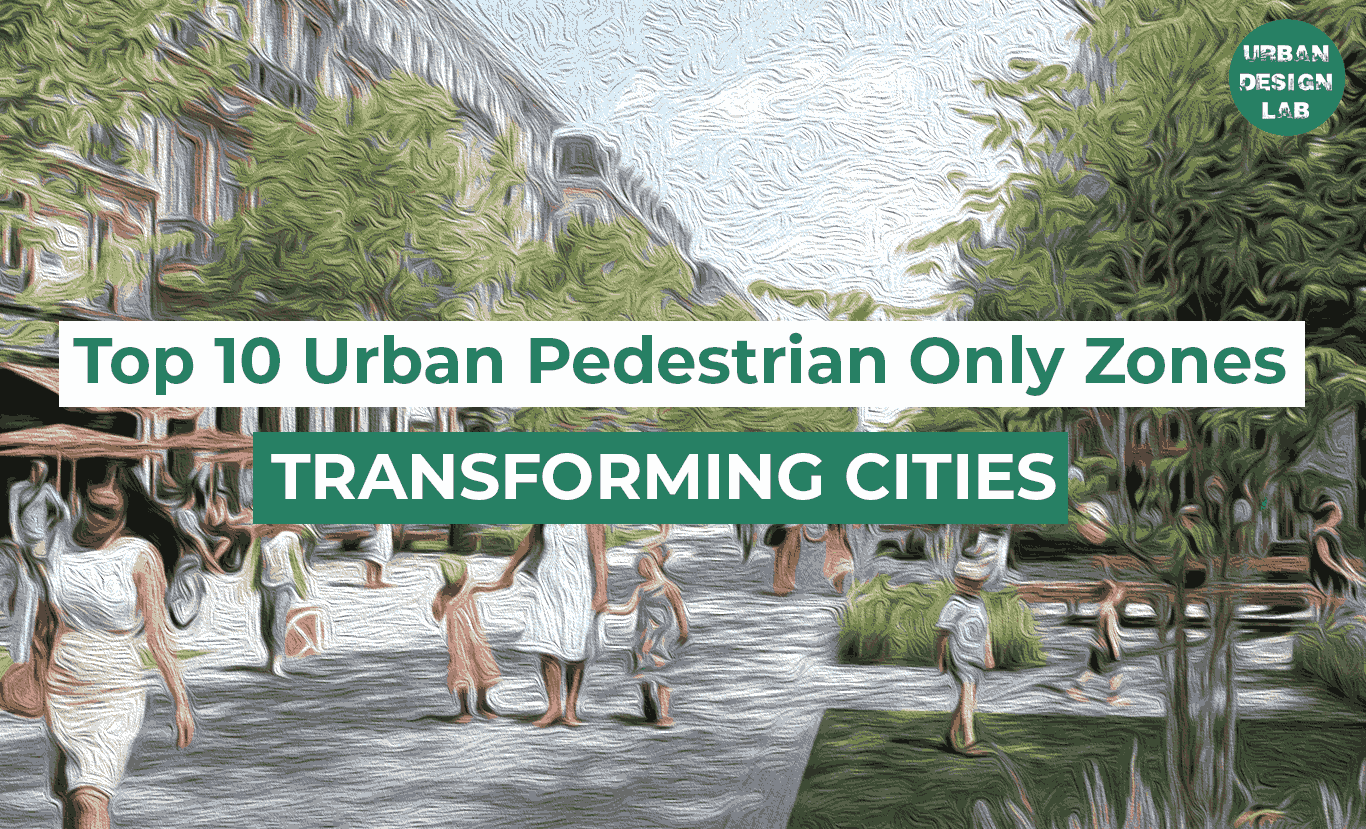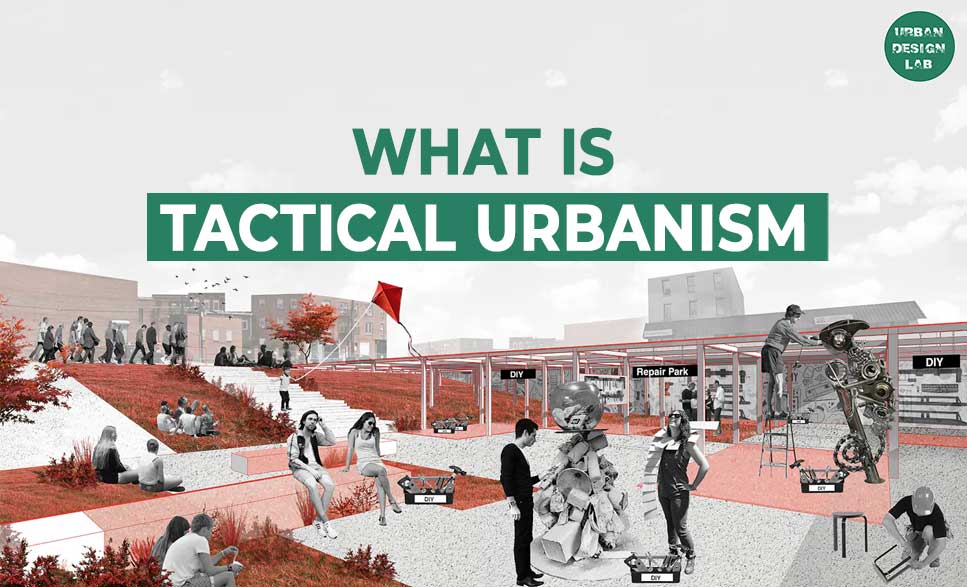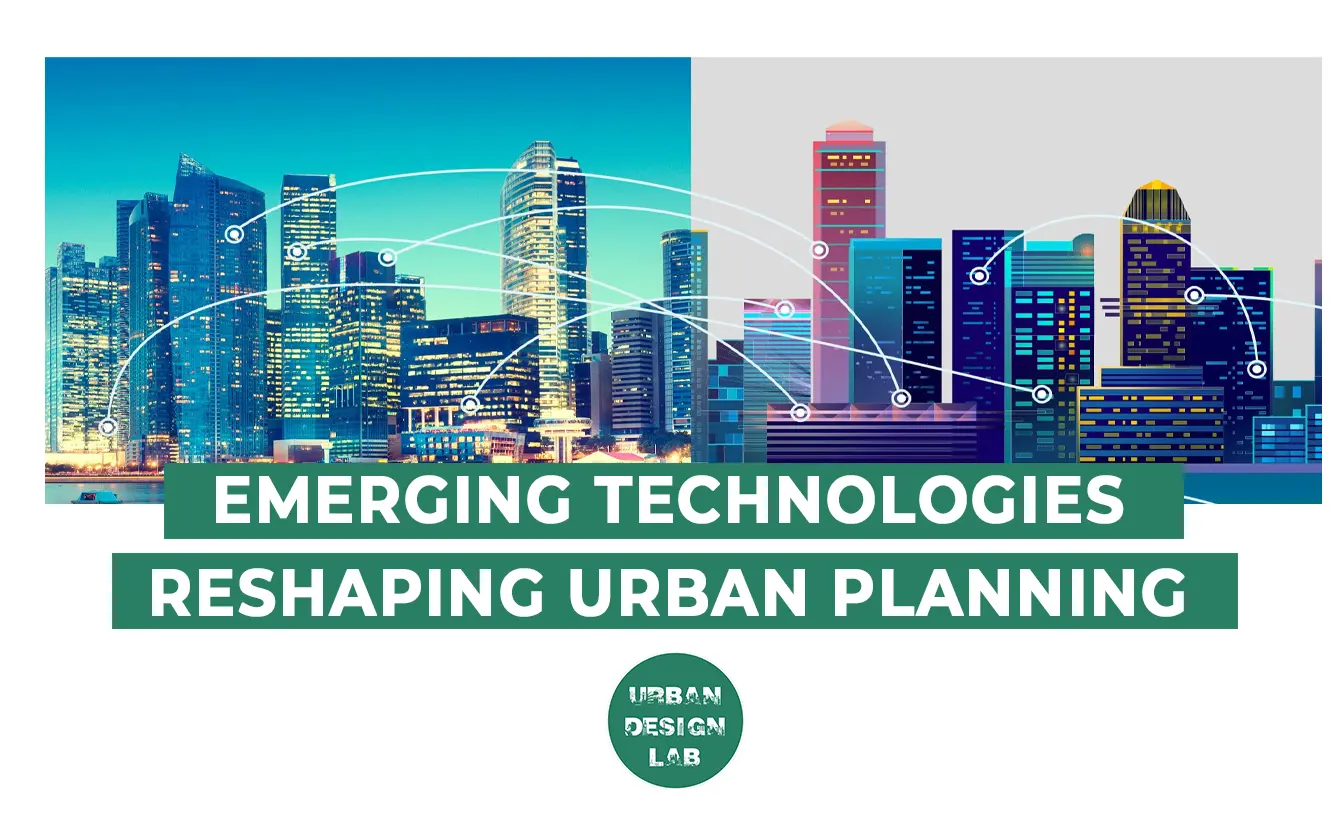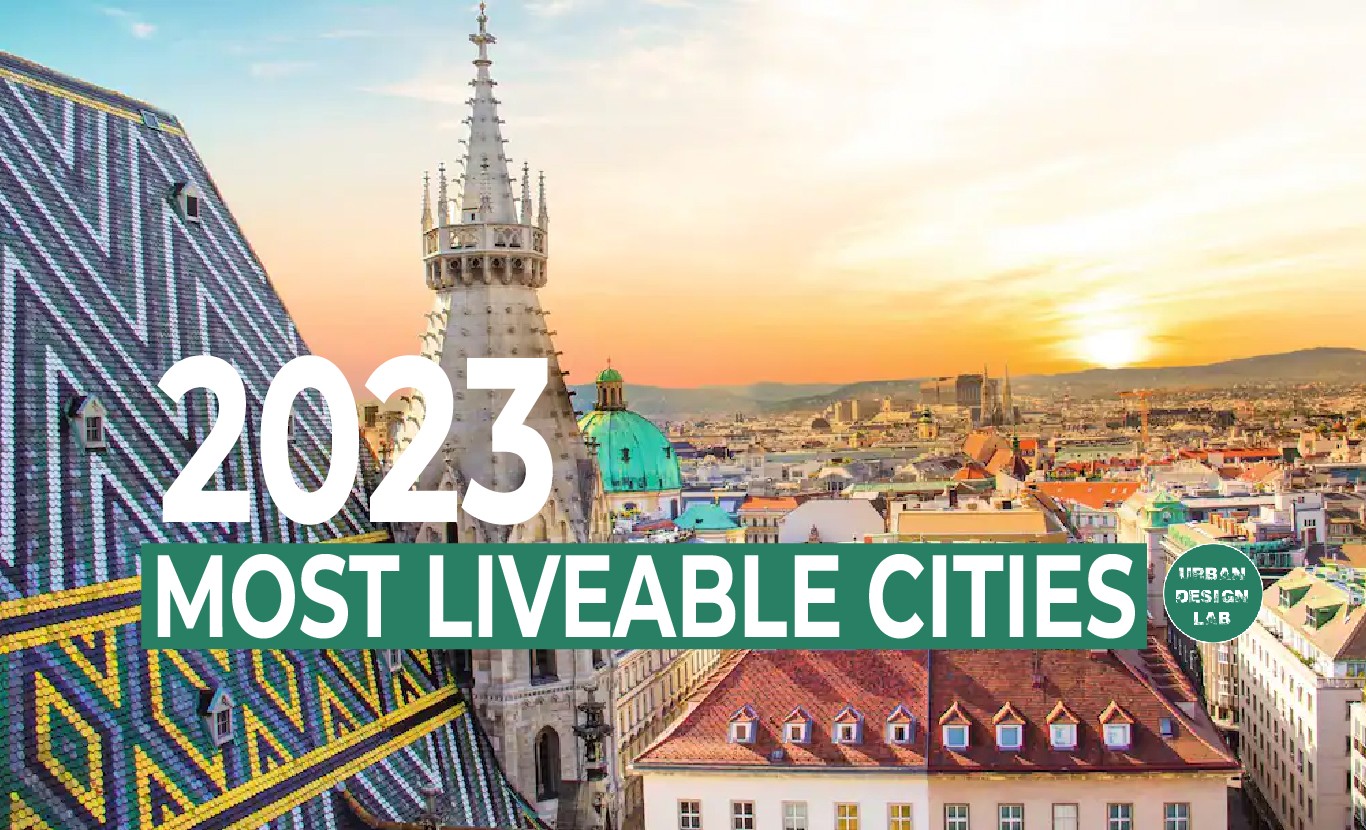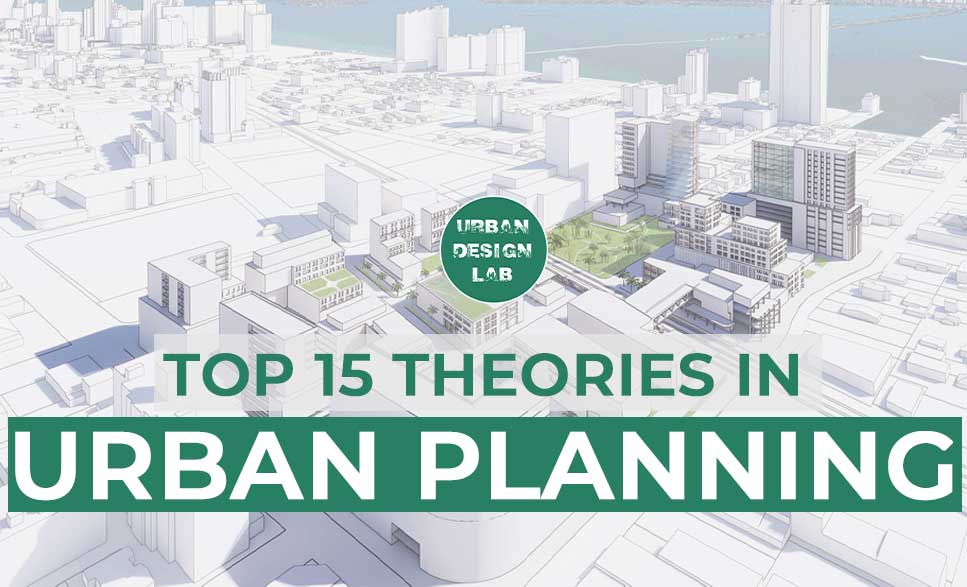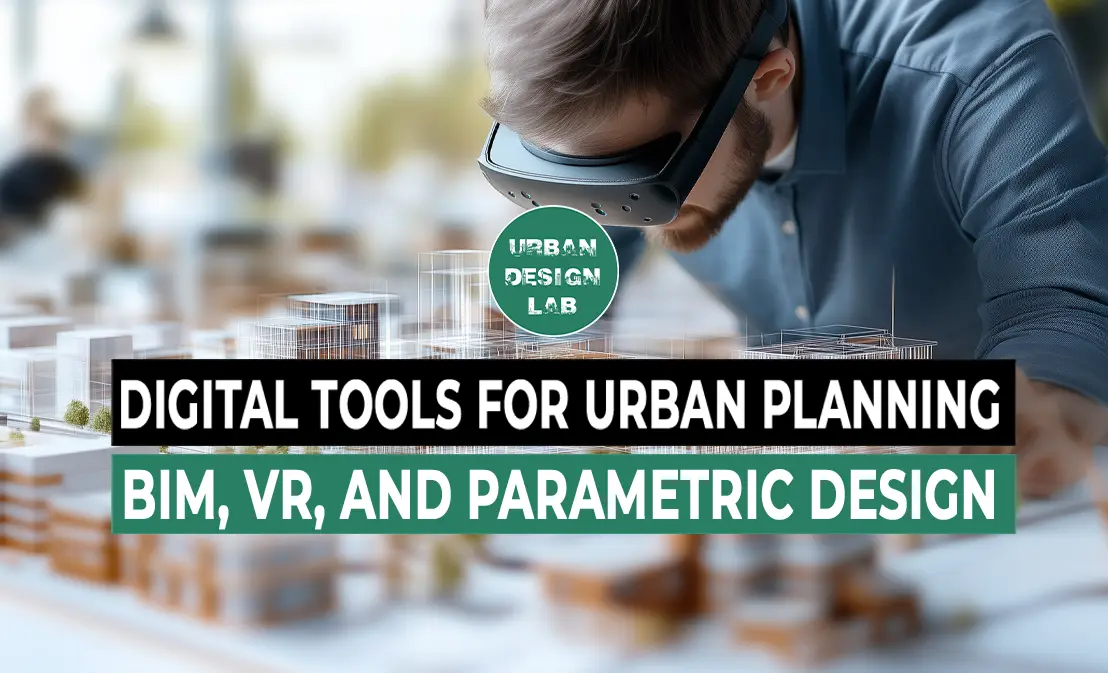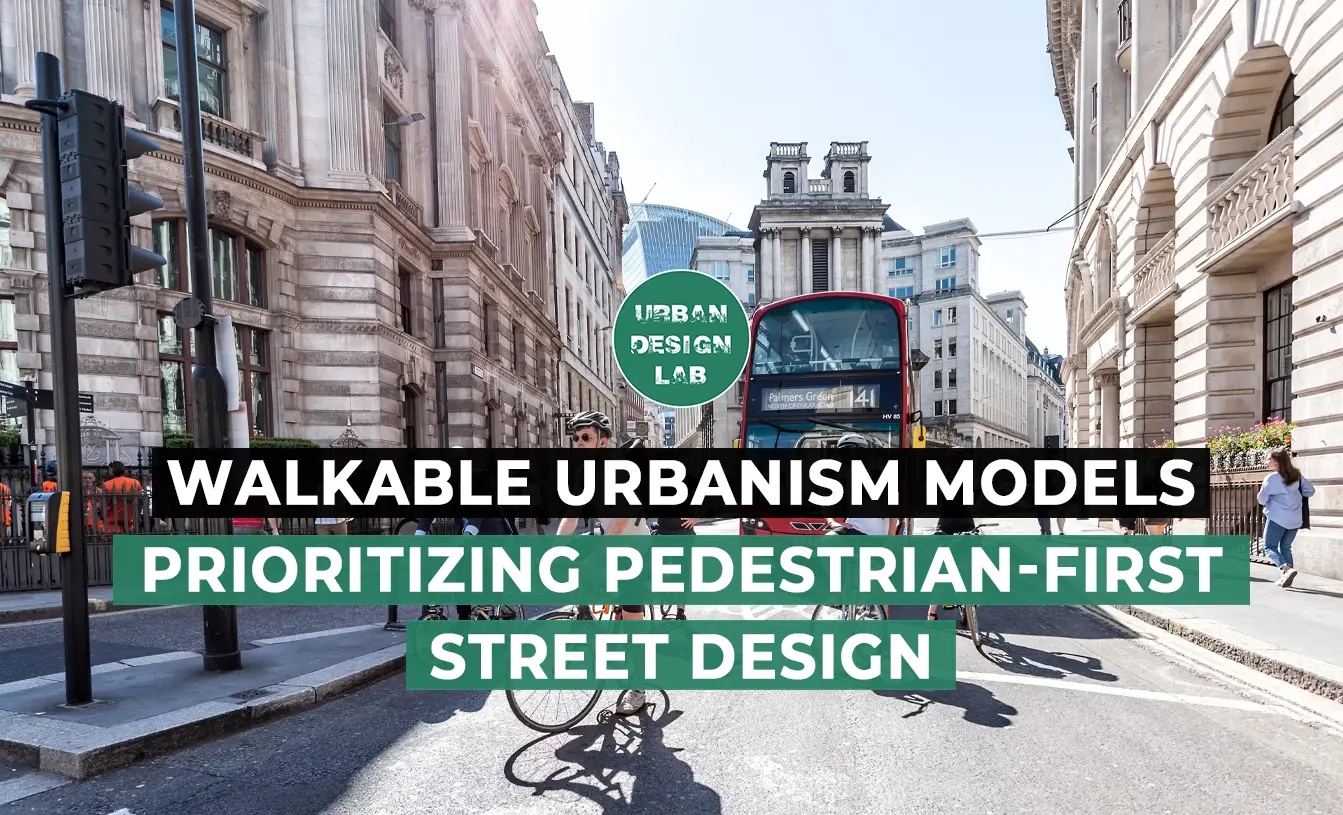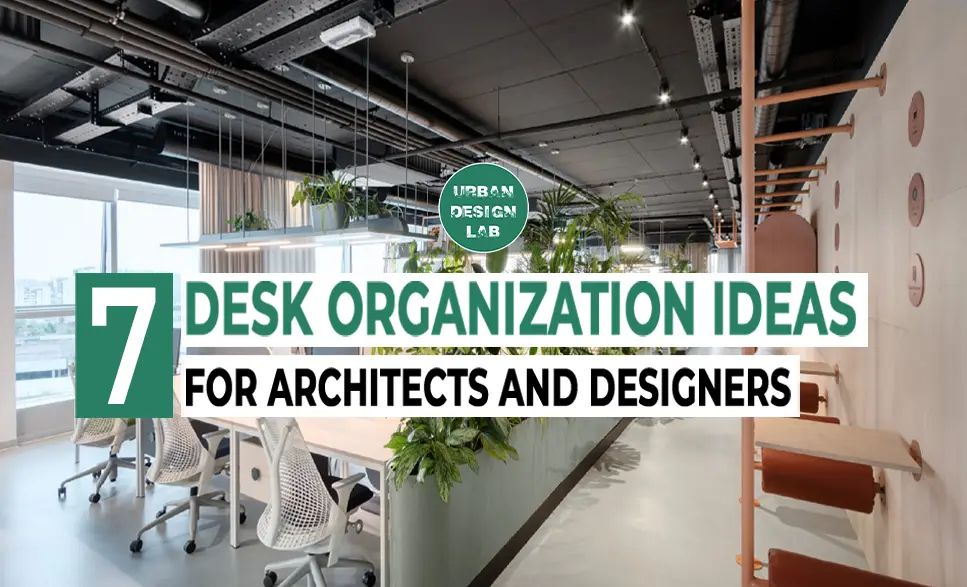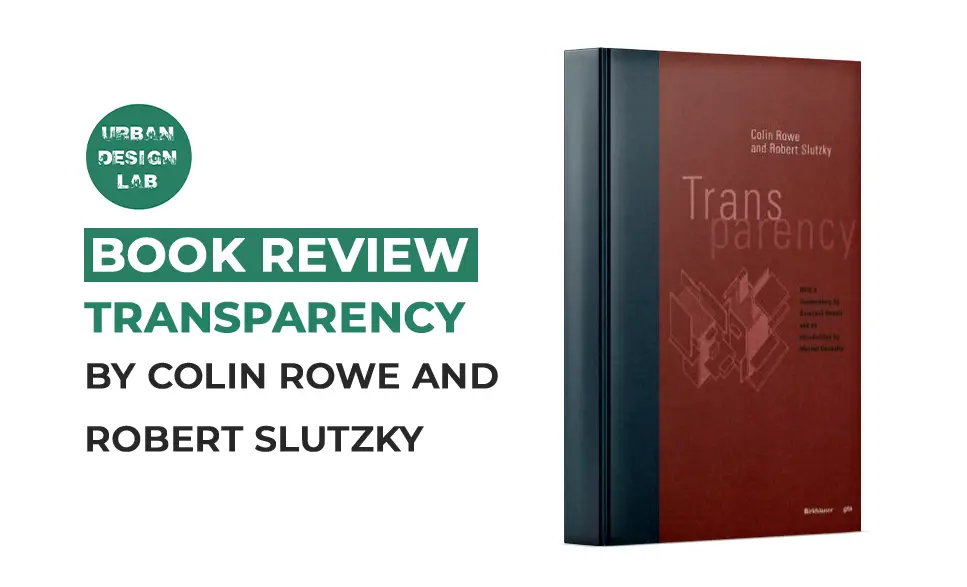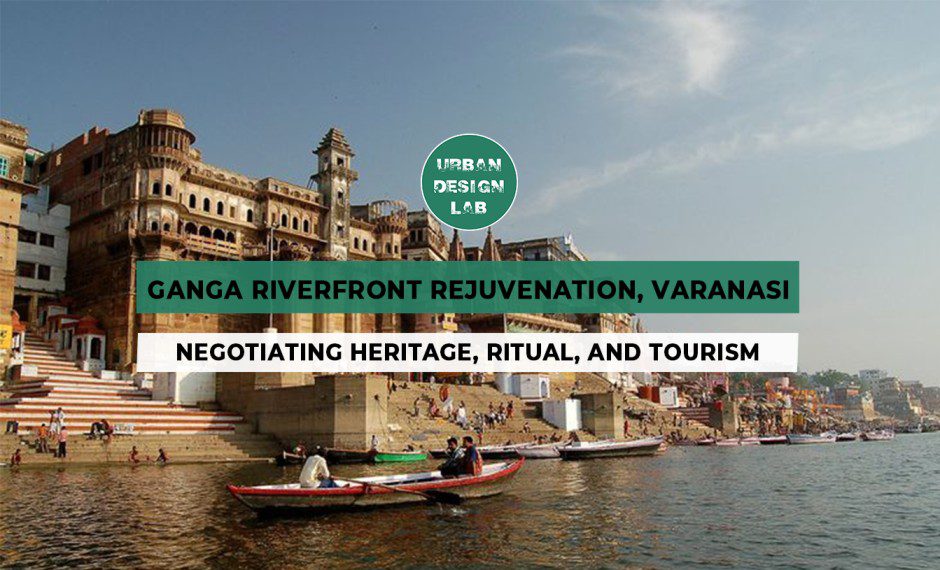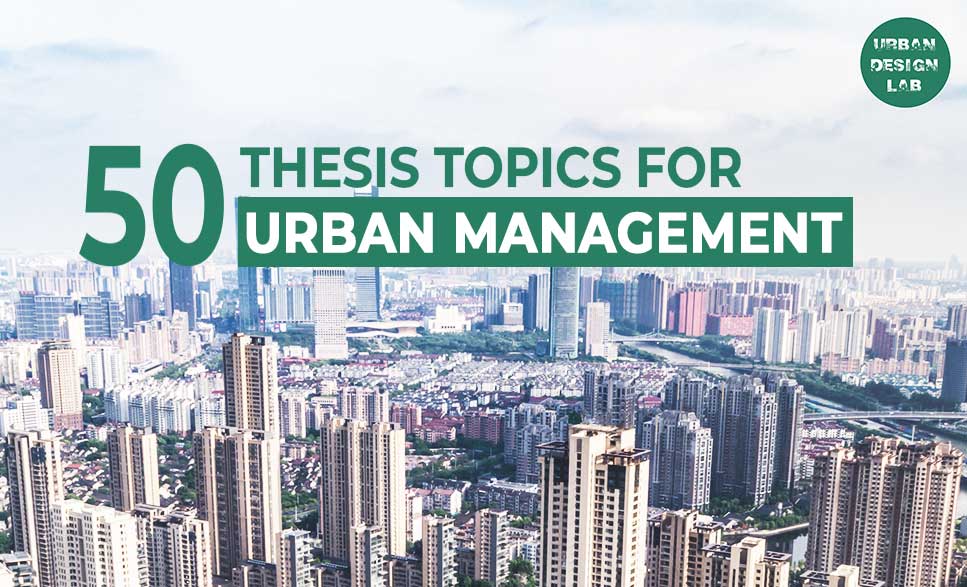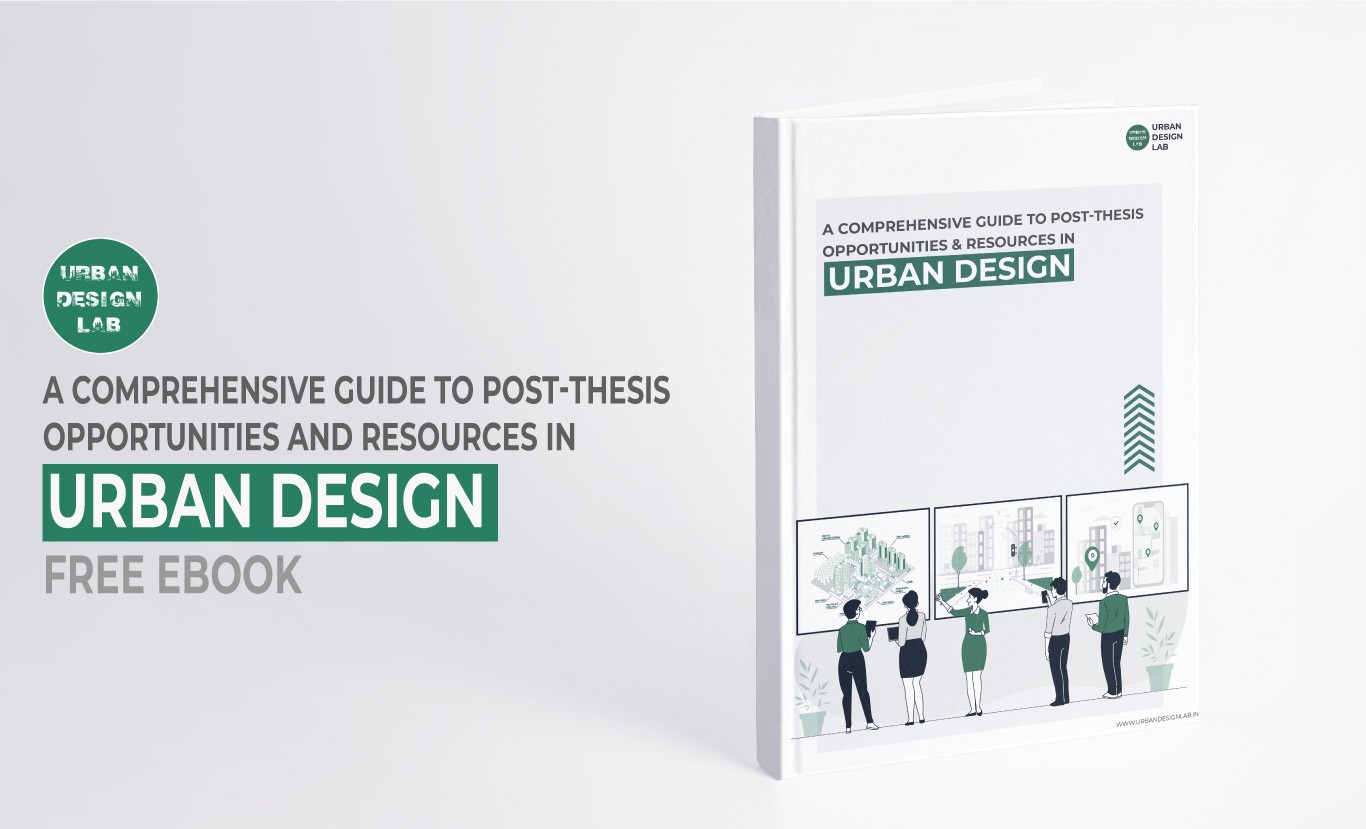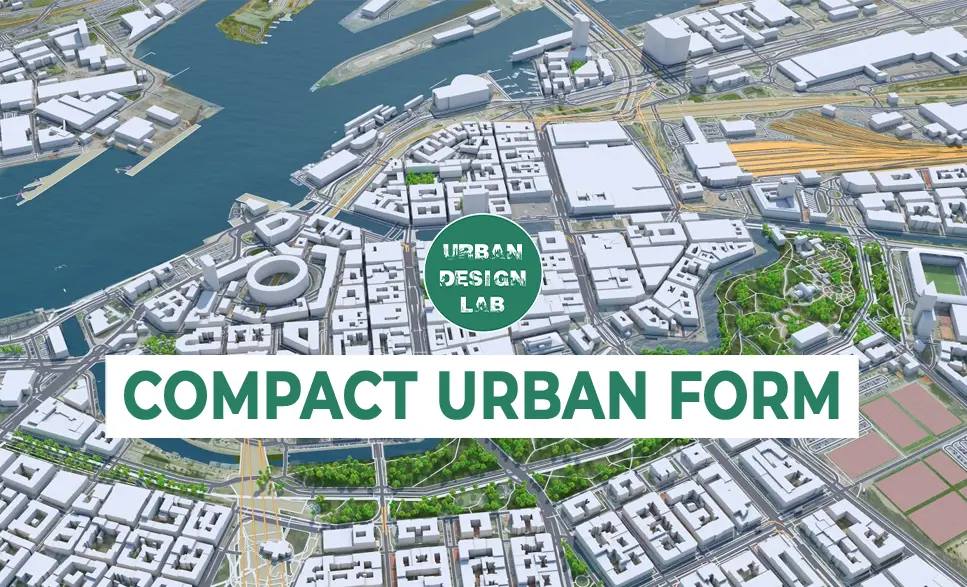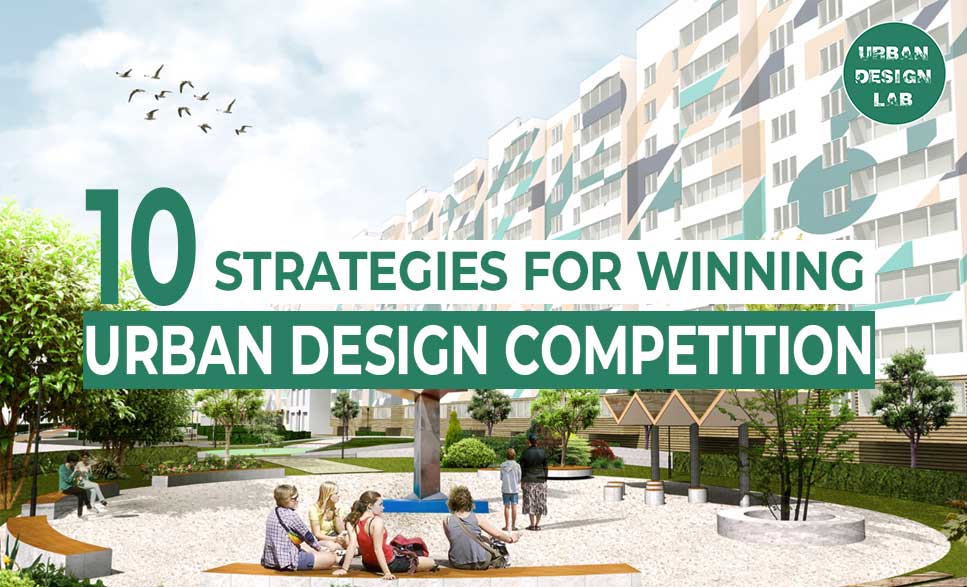
Book Review: Cities, Design and Evolution by Stephen Marshall

Stephen Marshall’s book – Cities, Design and Evolution provides very thoughtful analysis of complex and diverse relationship between the urban settings.
Key points –
1. Evolution of Cities: Marshall traces the evolution of cities from ancient times to the present day, illustrating how urban areas have adapted to changing conditions much like biological entities.
2. Modern Urban Theory: The book incorporates modern urban theory within its historical context, highlighting the influence of cities on contemporary urban settings and underscoring their importance.
3. Cities as Living Organisms: A key concept in the book is the idea of “cities as living organisms,” which challenges conventional views of urban settings and emphasizes the necessity of flexibility and adaptability.
4. Creative and Sustainable Design: Marshall advocates for creative and sustainable design practices, critiquing traditional methods and promoting integrative design to create more functional, resilient, and vibrant cities.
Introduction: Cities as Human Habitats
In his thought-provoking work “Cities, Design and Evolution,” Stephen Marshall presents a novel perspective on urban development and planning. Drawing parallels between biological evolution and the growth of cities, Marshall challenges conventional wisdom in urban design theory. This book offers a critical examination of how cities emerge and transform over time, arguing that the organic, evolutionary processes underlying urban development are often overlooked in favor of top-down planning approaches. Marshall’s interdisciplinary approach, combining insights from urban studies, biology, and complexity science, provides readers with a fresh framework for understanding the dynamic nature of urban environments.
He explained the concept of urbanism in detail that helps in shaping cities including: urban morphology, historical evolution, and the social logic of urban order highlighting the importance of understanding their interactions and impact on the overall urban setting in order to have effective and successful urban planning and design.
In order to create more sustainable and livable cities, enhancing the understanding of various urban systems by exploring scientific concepts like emergence, the idea where complex patterns arise from simple rules, and applies it to the evolution of urban forms, this multi-disciplinary approach can be very valuable.
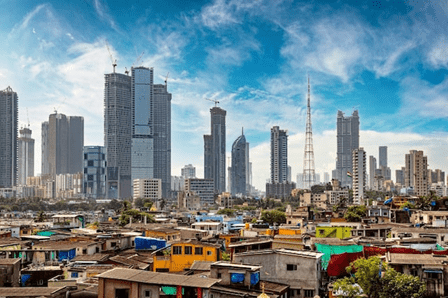
Cities, planning and modernism
In “Cities, Design and Evolution,” Stephen Marshall offers a comprehensive analysis of urban planning and modernism, examining their evolution through four key components: planning intentions, city design, urban organization, and planning tools. Marshall provides a critical evaluation of modernist city design, meticulously tracing its development, shortcomings, and multifaceted impact on urban environments. The author delves into the core principles of modernism, particularly.
The author here discussed about the various principles of modernism, especially focussed on order and rationality, and explained how they have produced inflexible and more often inhumane urban forms. In contrary with the post-modern urbanism and neo-traditionalism, which deals with the complexity, diversity, and human scale into urban planning/design. He explained that the major issues with modernist city design arise when design objectives overshadows with the real-world requirements of urban people, resulting in more effective and usable urban areas on paper but fail at the ground reality.
So, here the author advocates for a balanced strategy/approach that incorporates the elements of both post-modern and modernist style and gives the best result or outcome in terms of the planning/ designing.

Source: Website Link
Articulation and social logic of urban order
Here the author delves into the concept of urban order, explaining how in order to shape the urban cities – buildings, plots, and routes interact together by introducing the “street syntax” as an idea for this in contrast to planned and unplanned cities. He even explained that how the earlier naturally evolving urban order, is somewhat more effective and successful than modern ones. He even emphasizes on the significance of recognizing and appreciating the inherent order in traditional urban environments.
Moreover he explains the social factors that help in shaping urban settings, emphasizing that cities are the dynamic spaces where wide range of people interact rather than just structures. Also discuss in detail the importance of public streets as the backbone of urban life and connecting links between various private places. Various modernist architects/designers just like Le Corbusier, who aimed to eliminate conventional street patterns, disturbing the traditional social hierarchies, are reflected in this “street syntax”.
Two major inferences:
1. Public streets plays a vital role in creating linkages between urban areas even in unplanned cities.
2. Smart approach is needed for the complex cities, emphasis more on the complex social fabric.
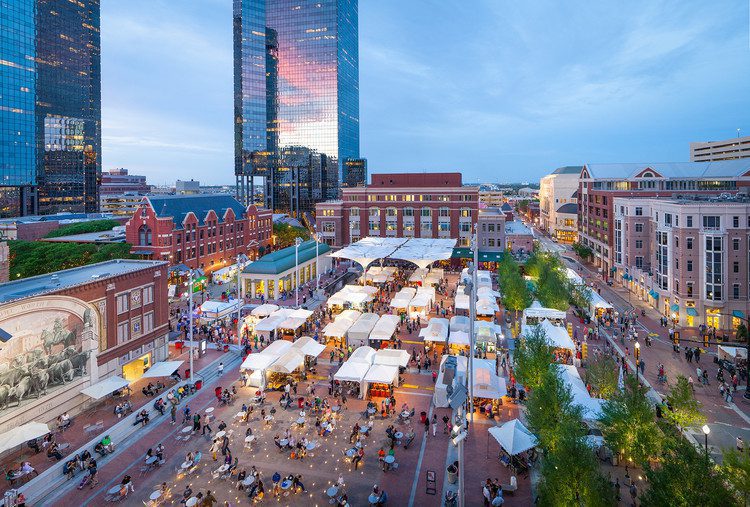
Concept of Emergence and Evolution
Here two main notions has been discussed in detail: emergence and evolution in order to explain how cities can be seen as an emergence of functional order without centralized design or planning.
- Emergence refers to how small local interactions may lead to complex patterns as similar to termites built large structures without a master design, concludes that rules, not preconceived notions, may create order.
- Evolution refers as a process of gradual adaptive change, applicable to both biological and non-biological situations. Highlights that just like termite architecture, functional order can also be evolve by repeated changes and environmental considerations.
Author argues that recognizing cities as a whole or view as dynamic system allows for a vision/ scope where both design and evolution can co-exist, this perception acknowledges that even the small and community level action/ activities over a certain period of time can also contribute to bigger, emergent patterns on larger scale.
Considering all factors, it won’t be wrong saying that through evolutionary process also, functional order can be achieved, design is not just the only way to accomplish urban structure.
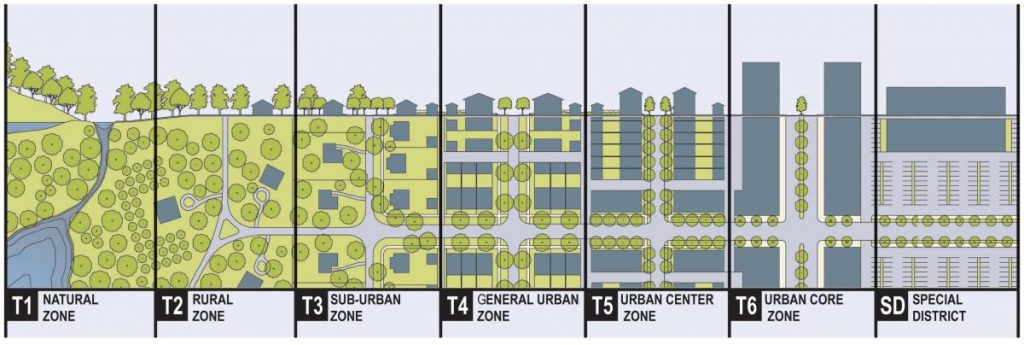
Emergent Urban Order
Here the concept of emergent order in urban systems has been introduced, explaining how without any design/ central planning – complex urban patterns can develop from individual elements coming together. It explains how some patterns emerge organically when individuals make independent locational choices based on common desires, such as need to light, air, and public streets, might leads to unique urban forms, like concentric cities etc.
Modernist planning style, which often viewed as emerging characteristics like city-centres and suburbs as basic/known elements to be replicated, is criticized strongly.
Le Corbusier’s conviction that city centres must be rebuilt is an example of how this perspective may end-up in wrong urban initiatives. Cities and their centres are emerging will only be acknowledged when urban design/planning may be approached with greater flexibility.
It also highlights the significant changes happened in urban structures as a result of evolution of users need and planning regulations over time due technological changes and resource constraints, explaining how urban development can be seen as an evolving process.
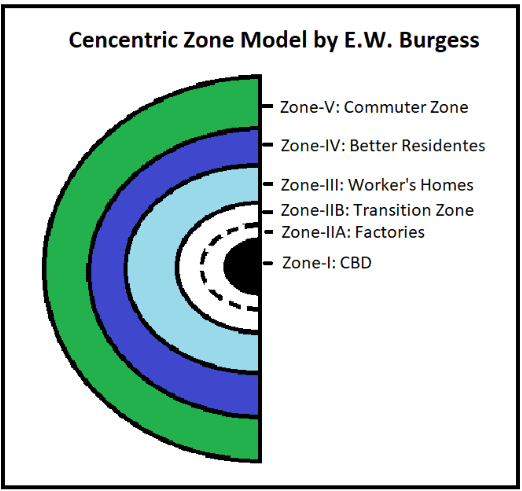
Cities in Evolution
Here author emphasizes that there is a need to evaluate cities through an evolutionary lens while recommending an “evolutionist” approach to urban planning. With this idea, cities may seem as dynamic entities that adapt and evolve over time having both traditional and innovative designs practices. This perspective recognises the complexity of urban systems, where both planning and design are vital to evolutionary processes, unlike static models that viewed cities as organisms.
It explained how frequent changes and large scale interventions in modern ways can make urban issues worse. Various drawbacks identified in modern planned developments: poorly adapted innovations, abrupt changes, an acceptance of failure as part of evolution, and false belief that cities are fixed entities needing correction. When planners recognises urban setting as a dynamic process, they more effectively impact the urban settings by engaging in meaningful, adaptive interventions.
He explained evolutionary paradigm as a useful framework for understanding urban evolution, argues for a planning rationale and long-term goals. Recommend an “evolutionist” approach with five principles, allowing urban order to emerge organically, encourages gradual development. Author emphasizes that planning need to be innovative and adaptive as per existing conditions in order to respond better to evolving urban issues.
-1
-1
-1
-1
Conclusion
This book explores the ever changing relationship between cities and their urban development, critically explaining that it is not necessary that modern planned environments are always better than the conventional ones. It demonstrates the cities as dynamic entities includes both the natural and man-made design processes, emphasizing that urban order can emerge organically from individual actions.
Adaptive evolution as a major concept is very much significant to urban planning—where in comparison to inflexible, large-scale design, small and flexible adjustments are encouraged. In order to create more functional spaces, the book promotes for the bottom-up approaches and community involvements in urban settings. Streets as essential elements in shaping social interactions and the urban fabric is being highlighted.
Additionally, it draws parallels between cities and biological evolution, suggesting that human creations are interconnected and related to evolutionary processes. This perspective blurs the lines between the “natural” and “artificial,” prompting deeper reflections on our values and resource management.
Ultimately, the book encourages flexible, integrated urban settings that adjusts as per evolution and promotes the rethinking of our relationship with the built settings. It even creates new potential possibilities for how human creativity and community involvement will evolve cities in the future.
References
- ADDIN Mendeley
Bibliography CSL_BIBLIOGRAPHY Gerrits, L. (2011). ‘Cities, Design and Evolution’, Planning Theory & Practice, 12(3), pp. 470–472. Available at: https://doi.org/10.1080/14649357.2011.617505. - Marshall, S. (1908). ‘Cities, Design and Evolution’, Routledge. Available at: https://doi.org/10.1093/nq/s10-ix.233.465a.

Meena Saini
About the Author
Meena is a dedicated architect and urban planner celebrated for her innovative and sustainable design approach. A young professional, she combines technical expertise with imagination and inquisitiveness. Known for her transparency and adaptability, Meena offers creative, unconventional solutions to urban challenges. Her modesty belies a fast learner committed to excellence. Focused on enhancing urban environments through thoughtful, sustainable design, Meena is dedicated to making a significant impact in her field.
Related articles


Architecture Professional Degree Delisting: Explained

Periodic Table for Urban Design and Planning Elements


History of Urban Planning in India
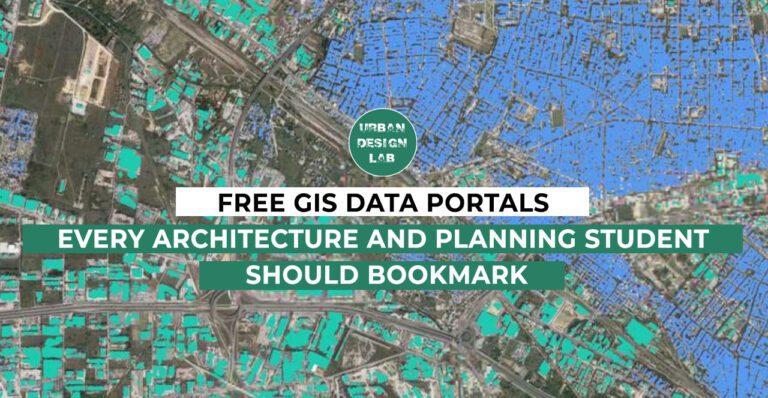
UDL GIS
Masterclass
Gis Made Easy- Learn to Map, Analyse and Transform Urban Futures
Session Dates
15th-19th December 2025

Urban Design Lab
Be the part of our Network
Stay updated on workshops, design tools, and calls for collaboration
Curating the best graduate thesis project globally!

Free E-Book
From thesis to Portfolio
A Guide to Convert Academic Work into a Professional Portfolio”
Recent Posts
- Article Posted:
- Article Posted:
- Article Posted:
- Article Posted:
- Article Posted:
- Article Posted:
- Article Posted:
- Article Posted:
- Article Posted:
- Article Posted:
- Article Posted:
- Article Posted:
- Article Posted:
Sign up for our Newsletter
“Let’s explore the new avenues of Urban environment together “

























